People have children with different intentions. Among the main reasons, of course, is the desire to continue one’s family, love of children and the desire to take care of someone and give one’s love. 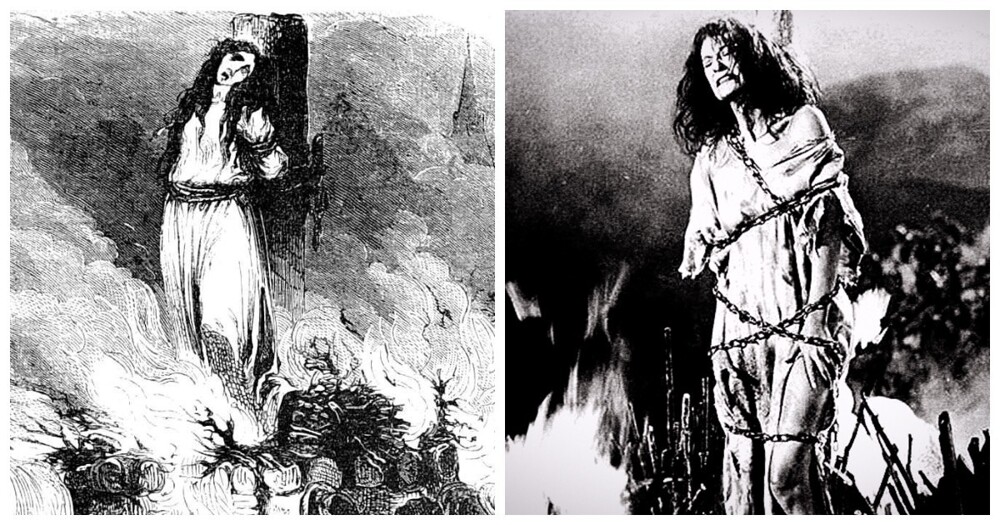
This woman could not even imagine that the cause of her death - terrible, cruel and significant - would be her own daughters. 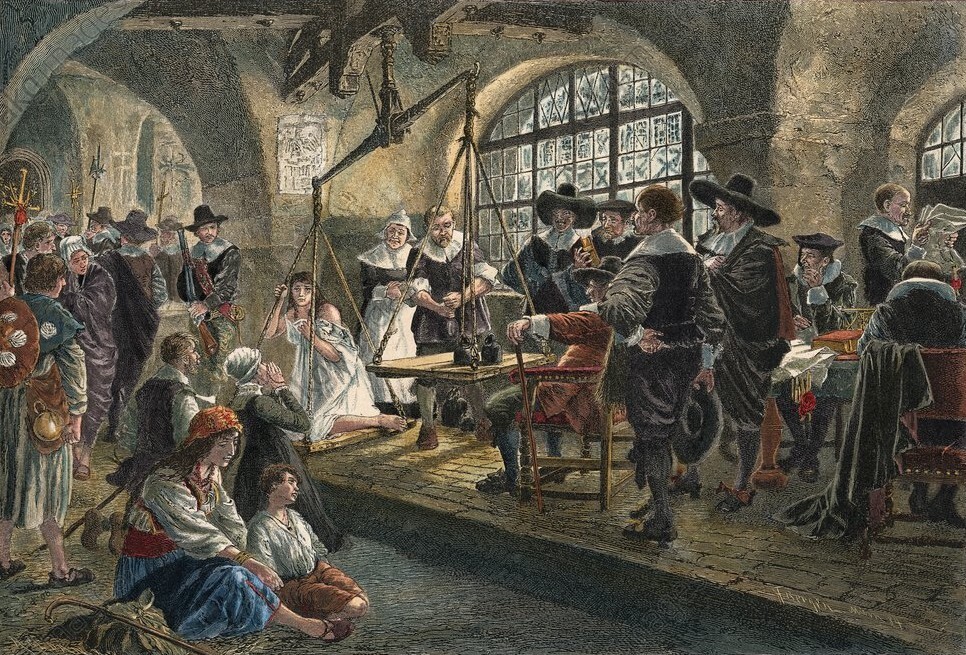
The Swedes had their own customs, according to which witches accused of witchcraft were sent to eternity. The witch was burned, but (which is good news) not alive; At first, the condemned woman was beheaded or hanged. And only then were the bodies turned into ashes. During the so-called Great Noise - the witch hunt in Sweden of 1668-1676, about 280 people died in this way. Mostly women. 
It all ended in August 1676. On this day, two strikingly different women were executed for witchcraft in Stockholm.
Anna Simonsdotter Hack, also known as “Tysk-Annika,” accepted her fate and resignedly submitted herself to trial. For “good” behavior there was a reward: “Tysk-Annika” was simply cut off his head, sparing him from torment. 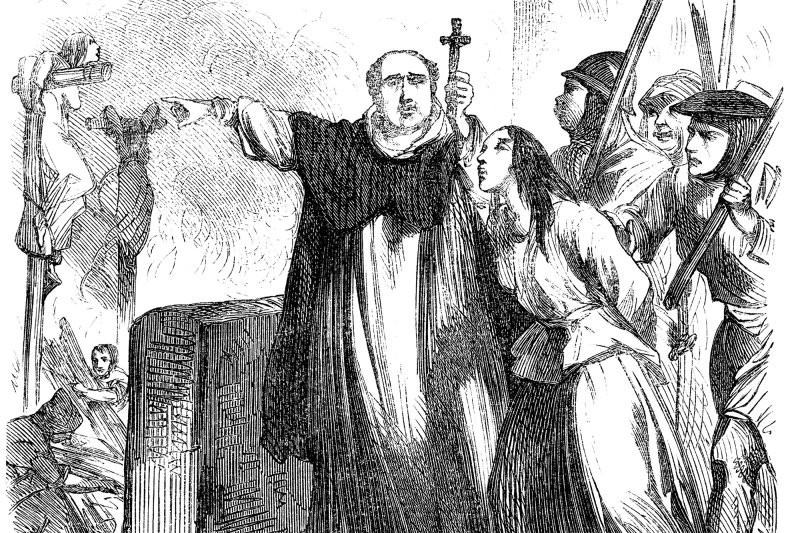
Malin Matsdotter, accused by her own daughters of taking her grandchildren to Satanic masses, stubbornly refused to admit guilt. Naturally, the refusal to confess became additional evidence for the court that Satan was strengthening her rebellion.
Without recognition, the authorities could not give “Rumpare-Malin” an easy death in the form of beheading. The “fair” law demanded that the poor thing be burned at the stake. 
Matsdotter insisted on her innocence until her ascent to the stake, upsetting the confessors. And when one of her daughters called on her to confess to the crime, she “gave her daughter into the hands of the devil and cursed her forever.”
After the woman's arms and legs were tied to the post, a bag of gunpowder was placed around her neck. Malin repeated her claims of innocence over and over again. 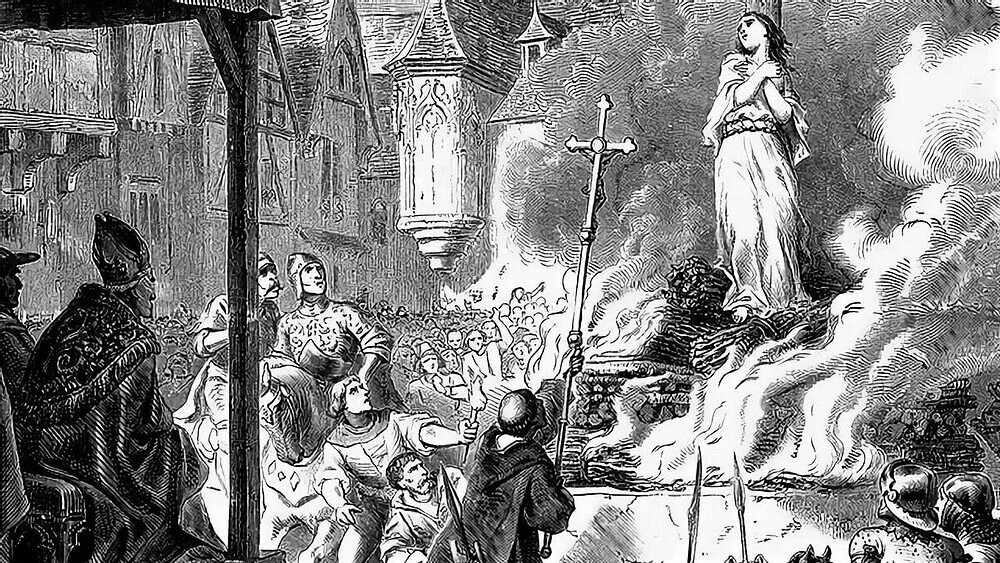
The steadfast Matsdotter died without screaming, without pleading, without admitting that what she said was not true. She became the last Swede to be executed for witchcraft during the Great Noise. The “witnesses” broke down and admitted their lies; the remaining defendants languishing behind bars were released from prison. In 1677, church leaders were instructed to inform their parishioners that all witches - good or bad - had been driven out of the country.
Actually, the churchmen themselves, presumably, are also tired in the eight-year race for indicators. Matsdotter's sad end marked a turning point in the Swedish witch hunt. Cases gradually dried up and existing sentences were overturned. There was only one other execution of witches in Sweden, in 1704. 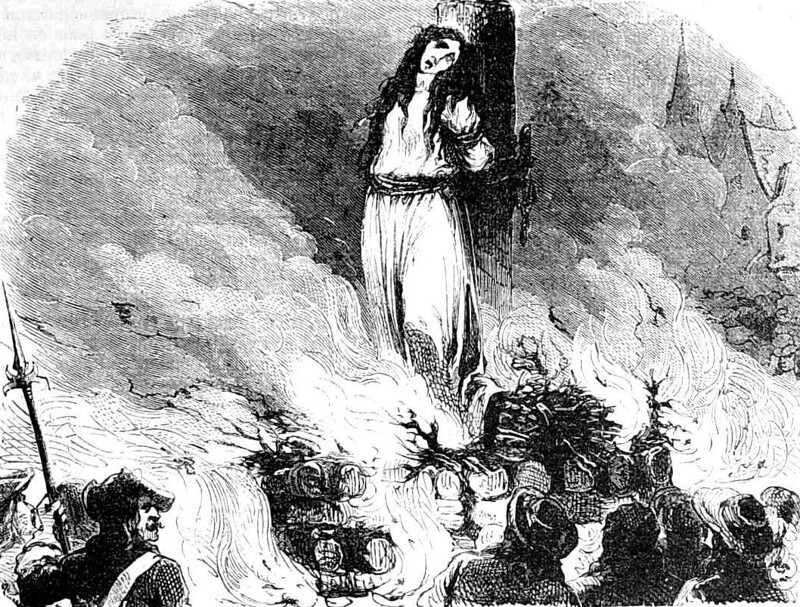
By the end of 1676, several of the most famous accusers in the witch trials were being tried for perjury in the same courtrooms where their alleged victims were proclaiming their innocence. According to some surviving data, Matsdotter's daughter was executed for accusing her mother.
Add your comment
You might be interested in:





















